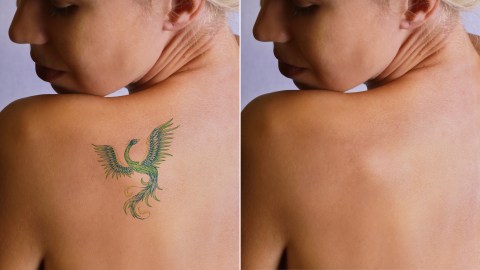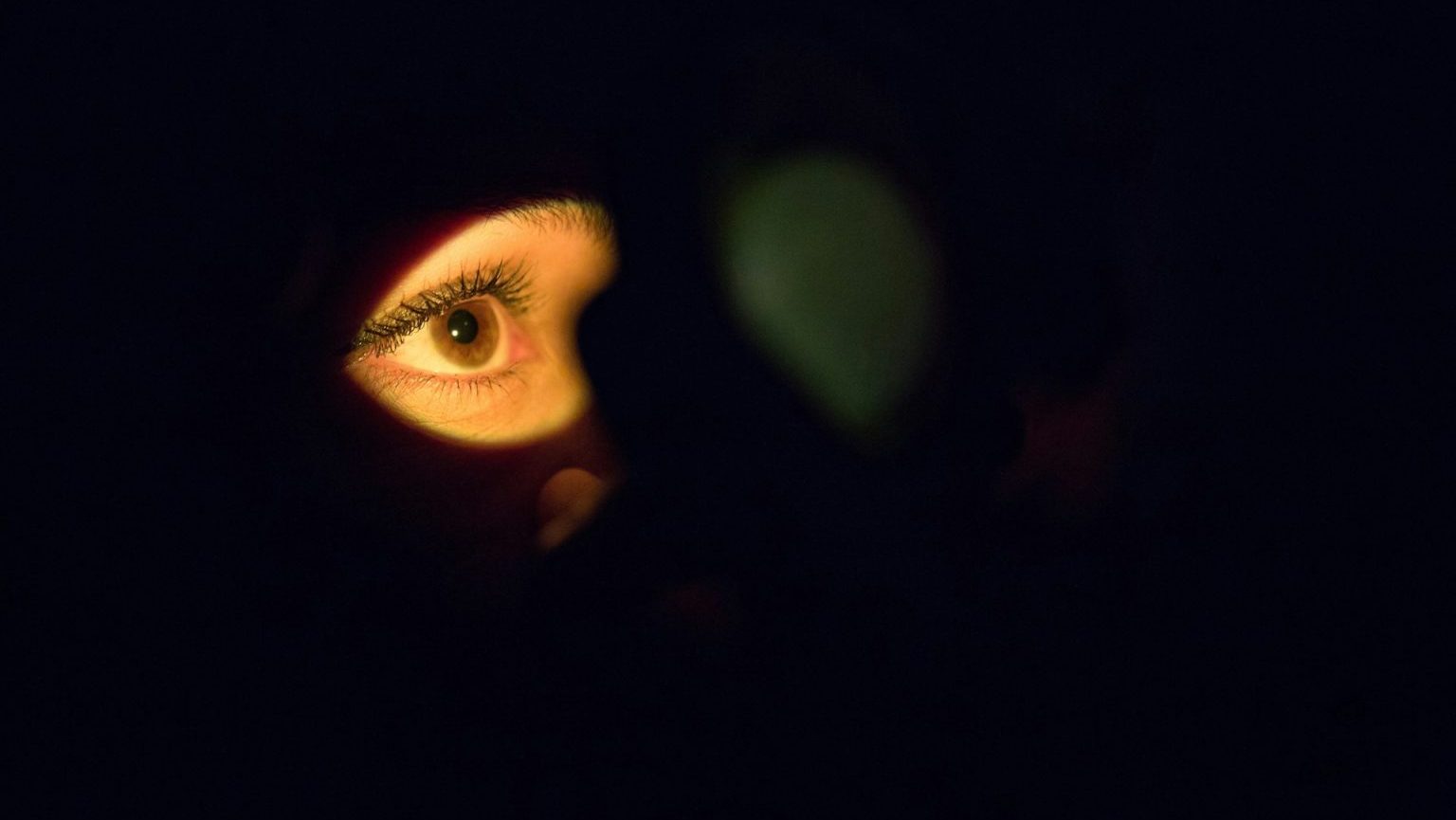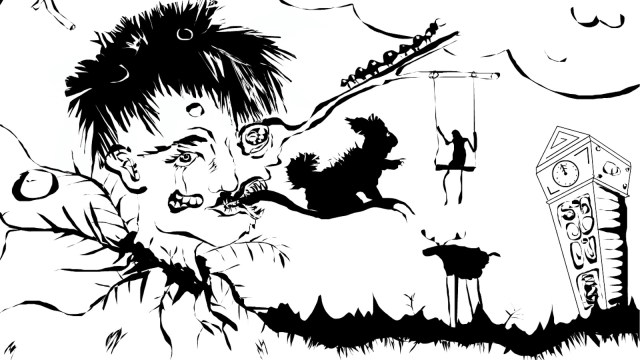What happens to tattoos when you remove them?

Wonder what’ll happen to the geeky tattoos people are getting now? The same thing that happened to all the tribal tattoos people got 20 years ago — they’ll get pooped out:
Kyle Hill is the science editor for The Nerdist. He knows what he’s talking about.
First of all, tattoos stay on your skin for two reasons:
1. The needle driven beneath your epidermis – the top layer of your skin – by a motor.
2. The color pigments are made from heavy metals that the body’s white blood cells can’t break down.
When you get a tattoo, you’re getting thousands of highly-colored punctured wounds placed underneath your epidermis. The tattoo machine moves the needle, puncturing the skin between 50 and 3,000 times per minute. Each time it does, the needle pulls the epidermis up, depositing ink particles beneath it:
With each prick of the needle, different sized particles of ink pigments are deposited beneath your epidermis. Depending on the location of the tattoo, the size of the needle, and your personal levels of pain tolerance, the needle pricks can feel like anything from slight tickling to getting stung by a bee. White blood cells will try to attack the ink particles and carry them out of your system, but they’re too big. That’s why the tattoo stays on your skin.
Yet, your body is trying to get rid of your tattoo from the moment you get it. The instant the ink is deposited under your epidermis, the white blood cells carry off the smallest of the ink particles and gather around the larger ones. Over time the pigments fade, breaking down into smaller and smaller particles beneath your skin. White blood cells drag those smaller ink particles through the skin’s lymphatic channels to your liver, where they’re processed for removal from your body.
This is where the laser comes in. Laser tattoo removal breaks up the pigment particles, and speeds up the process of being carried away by white blood cells. Different lasers are used for different pigments, and need to be tuned to different light frequencies depending on the colors in the tattoo. Black pigment is the easiest to remove, because the color black absorbs all light frequencies. Also, since the laser is tuned to removing a specific color rather than all pigmentation, it won’t cause skin discoloration.
The laser works by shining quick bursts of irradiated light in pico-second intervals (.000000000001 of a second) at the pigment particles. The light rips apart the top of the pigment molecule, straining it. The more strain the light places on the molecule, the more it’s ripped apart until it’s small enough to be carried away by white blood cells. Here’s what it looks like:

The white residue you see after the pigment is removed is called frosting. The frosting only lasts a few seconds and happens on the epidermis rather than where the tattoo actually is. What it is is a shockwave at the particle level, reflecting the breaking up of the pigment particles beneath the skin.
The whole procedure has a low risk of scarring, but it hurts. Having a tattoo removed can feel like getting splattered by hot grease or having a rubber band snapped against your skin. The length of time and number of treatments it takes to break up a tattoo depends on how many pigments are in there — and that adds onto the total cost.
Basically, getting a tattoo removed is a lot harder than getting it applied. And no matter what you decide, the whole thing has the same outcome: poop.





